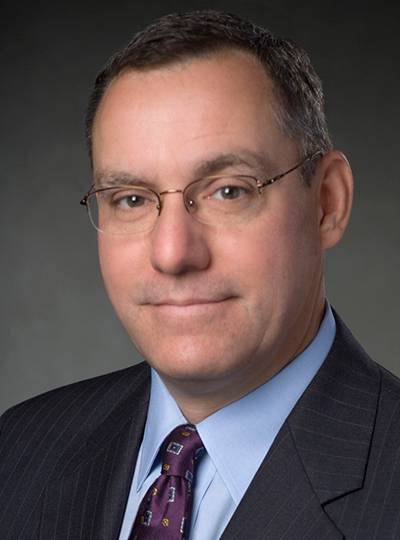Leeham News and Analysis
There's more to real news than a news release.
MH370: “Presumption” becomes “high presumption,” but little else
August 5, 2015: French authorities said today there is a “high presumption” that the flaperon found last week on La Reunion Island east of the African coast is from Malaysia Airlines flight MH370, a Boeing 777-200ER.
The prime minister of Malaysia was more certain, saying the wing part was definitely from MH370.
When the flaperon was found and identified by photos as coming from a 777, the presumption then was that it was from MH370. Now it’s a “high presumption.”
Beyond this, there is nothing new.
Airbus fills in production gap for A330.
By Bjorn Fehrm
Introduction
Aug 3, 2015, © Leeham Co. Airbus successfully filled its production gap for the A330ceo for the transition to the A330neo, officials said Friday during the 1H2015 earnings call.
Production rate for the A330ceo can be maintained at the previously announced reduced rate of 6/mo, said CFO Harald Wilhelm.
Airbus Group reported solid progress in all areas where we previously described it had outstanding challenges. Cleaned from one time effects (among them a Dassualt share sale income of € 748m), sales and profit where 6% higher than 1H2014 at € 28.9bn and € 1.88bn respectively. Free Cash flow consumption was now € 1bn instead of € 2.3bn last year. Airbus expects to be Cash Flow neutral on a full year basis.
Rather than going through all figures of the results, we will now go through each major program in Airbus Group and try to understand whether it is a contributor to profits or a consumer of company cash.
Bjorn’s Corner: After weight or fuel limited we examine weight or volume limited
31 July 2015, ©. Leeham Co: Last week we explained what fuel limited meant and how that differs from an aircraft that has big enough fuel tanks so it can operate weight limited for its missions.
This was for fuel and it dictates to a large degree how the aircraft will behave on long range missions. When we block off seats to fly further, is it to allow more fuel in our tanks or is it to make the aircraft lighter to fly further with tanks already filled to the brim.
A similar phenomenon appears when we load the aircraft with its payload; an aircraft can take-off volume or weight limited. Here is how it works.
Rolls-Royce and Safran, major European engine OEMs with different fortunes.
By Bjorn Fehrm
Subscription required.
July 30, 2015 © Leeham Co. Rolls-Royce and Safran, the parent company of CFM partner Snecma, released their Q2 and first half 2015 earnings today. It is interesting to compare these companies as they are in different strategic situations in their dominant business segments, civil turbofan engines.
Civil turbofans constitute 52% of Rolls-Royce total business whereas it makes 54% of Safran’s turn over. Rolls-Royce’s focus has been widebody engines to the point where it exited its part of International Aero Engines, which makes the single aisle V2500 engine, three years ago. Safran on the other hand is heavily invested in the single aisle market through its 50% part in CFM through its Snecma subsidiary.
The present situation and the future outlook for these two companies are intimately aligned with this strategic difference. We look at why and how this will affect their immediate future.
Summary:
- Rolls-Royce is experiencing migration problems in its widebody turbofan business. Its bread and butter Trent 700 engine is on its way out and it takes until 2018 for the replacement, Trent 7000, to kick in.
- Other programs are only growing slowly: the Trent 1000 for Boeing’s 787 or Trent XWB for the Airbus A350.
- Safran civil turbofan business Snecma is enjoying record sales and deliveries through its CFM joint venture with GE.
- Despite sharing its revenue 50:50 with GE, the business turnover is the size of Rolls-Royce turbofan business today and larger tomorrow. Profit margins are three times higher.
Fancher takes on KC-46A; FAA investigating Allegiant Air
July 30, 2015: Scott Fancher, regarded as the person to come in and take over troubled programs at Boeing, has been named to take over the KC-46A program.

Scott Fancher. Source: Boeing.
Fancher originally came to Boeing Commercial Airplanes from the Boeing defense unit to take over the 787 program at a time when development and design issues were rampant and the plane had yet to be delivered to a single customer.
After that was straightened out, Fancher took over new airplane programs and then moved to oversee development of the 777X, which is Boeing’s response to the Airbus A350 XWB. Although the 777X is a derivative, Boeing’s 747-8 derivative was two years late (in no small part due to the knock-on effects of the 787 program problems). Fancher’s charge with 777X was to be sure it comes in on time and on budget.





